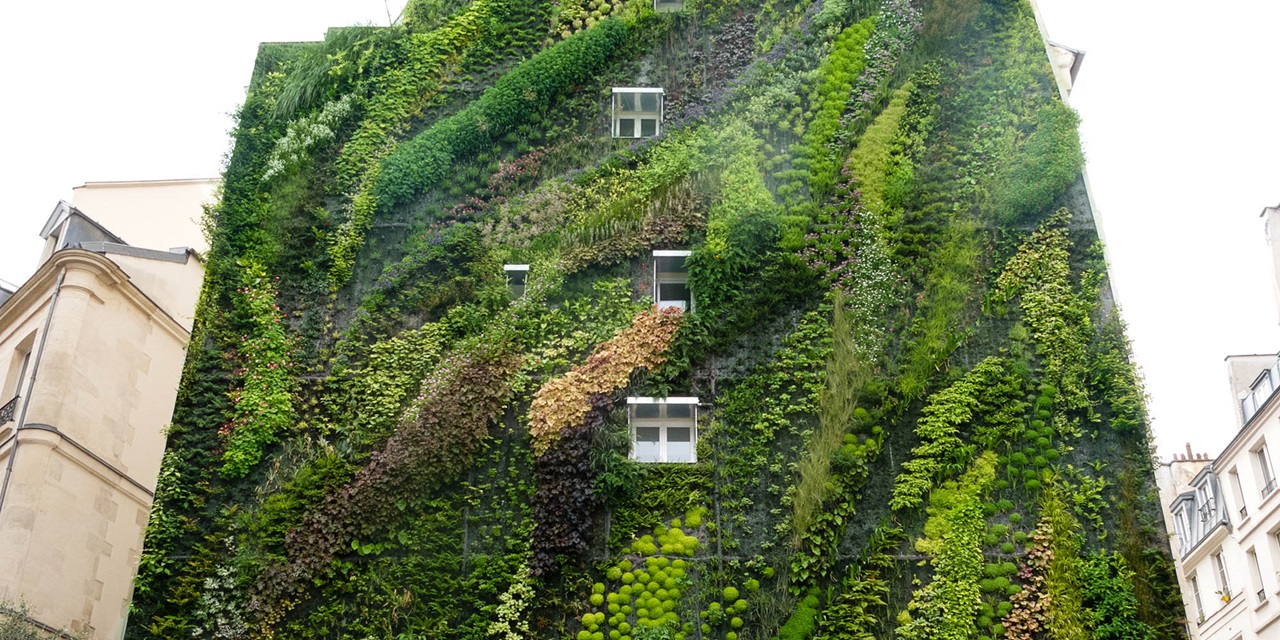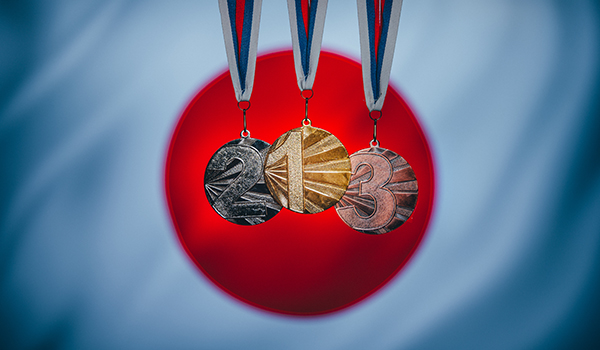The right subsoil
Waterproof bitumen membranes ensure that moisture, substrate and roots stay safely where they belong, outside the building. Freudenberg Performance Materials supplies the ideal high-performance nonwoven for this purpose. The glass-fiber-reinforced polyester nonwoven is made from recycled PET bottles and serves as a carrier material for bituminous membranes. This forms the basis for permanent roof greening and is followed by layers of insulating material as well as drains and the nutrient substrate.
![Roofing Construction]()
PET bottles are recycled at Freudenberg Performance Materials. It is a key raw material to manufacture a nonwoven used as carrier materials for bituminous waterproofing membranes or as thermal and acoustic insulation.
Greening improves wellbeing
“Being able to see something green out of the window has been proven to have a beneficial effect on us”, observed Prof. Dr. Riklef Rambow from the Department of Architecture Communication at the Karlsruhe Institute of Technology. Rambow is intensively involved in architecture psychology and the interaction between people, buildings and plants. For example, a green environment can to a certain extent aid the recovery of sick people, as indicated in a study conducted by Texan Professor of Architecture Roger Ulrich in 1984. Ulrich showed that a group of patients who were allowed to look at trees shortly after an operation recovered faster than a comparable group, whose gaze was restricted to the walls of buildings. The study marked the beginning of a series of similar investigations with the same result.
The microclimate of a building also benefits from a ‘green envelope’. In the summer, the planted areas and patios protect against excessive warming and replace the air-conditioning system with natural water evaporation. They also improve air quality, protect against noise and provide additional insulation in winter. What’s more, the environmentally friendly cultivation of fruit and vegetables on one’s own roof could become even more important in the future, due to the reduction in cultivable land.
“Young architects are much more open-minded and willing to experiment in their ideas and designs for innovative and sustainable urban greening than the older generation”, Rambow added. “So we can look forward to future plans and possible positive developments in large cities.”






